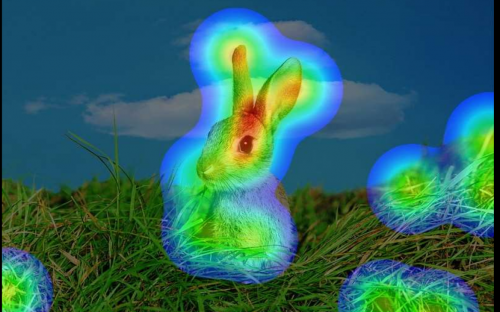Grado:
Abstract
Modeling visual attention — particularly stimulus-driven, saliency-based attention — has been a very active research area over the past 25 years. Many different models of attention are now available, which have demonstrated successful applications in computer vision, mobile robotics, and cognitive systems. Here we review the basic concepts of attention in the human system (bottom-up and top-down) and propose an implementation of the Itti and Koch model [1]. This model is related to the so-called Feature Integration Theory, which tries to explain human visual search strategies. So, multi-scale image features are combined into a single topographical saliency map. A dynamical neuronal network then selects attended locations in order of decreasing saliency. The system breaks down the complex problem of scene understanding by rapidly selecting, in a computationally efficient manner, conspicuous locations to be analyzed in detail. Finally, we show few examples. The images used during tests are taken from the image datasets in [2] [3].
[1] L. Itti, C. Koch, and E. Niebur, “A Model of Saliency-Based Visual Attention for Rapid Scene Analysis,” IEEE Transactions on PAMI, vol. 20, no. 11, pp. 1254-1259, 1998
[2] X. Hou, and L. Zhang, “Saliency detection: a spectral residual approach,” Proc. IEEE CVPR, p. 4270292, Jun. 2007.
[3] Bruce, N.D.B., Tsotsos, J.K., Saliency Based on Information Maximization. Advances in Neural Information Processing Systems, 18, pp. 155-162, June 2006.
Laurent Itti, Christof Koch, and Ernst Niebur. 1998. A Model of Saliency-Based Visual Attention for Rapid Scene Analysis. IEEE Trans. Pattern Anal. Mach. Intell. 20, 11 (November 1998), 1254-1259. DOI=10.1109/34.730558 http://dx.doi.org/10.1109/34.730558

